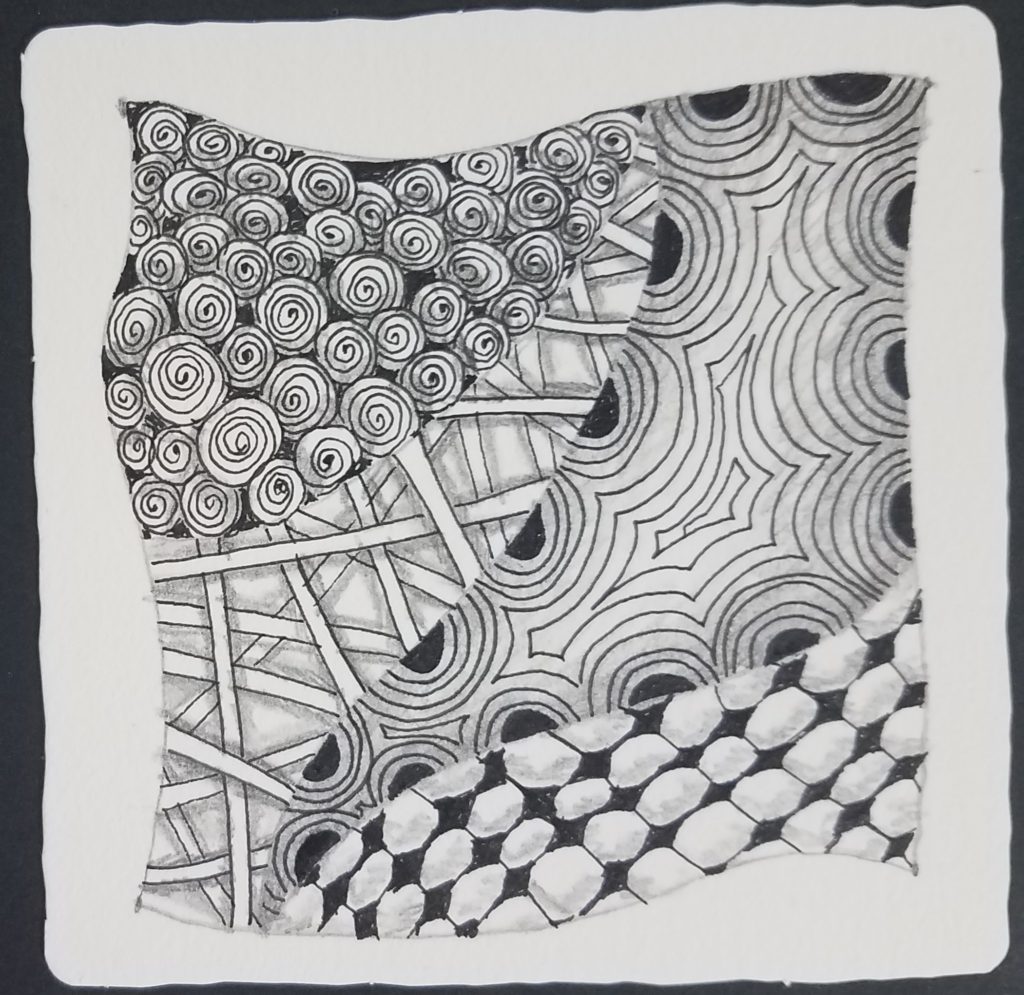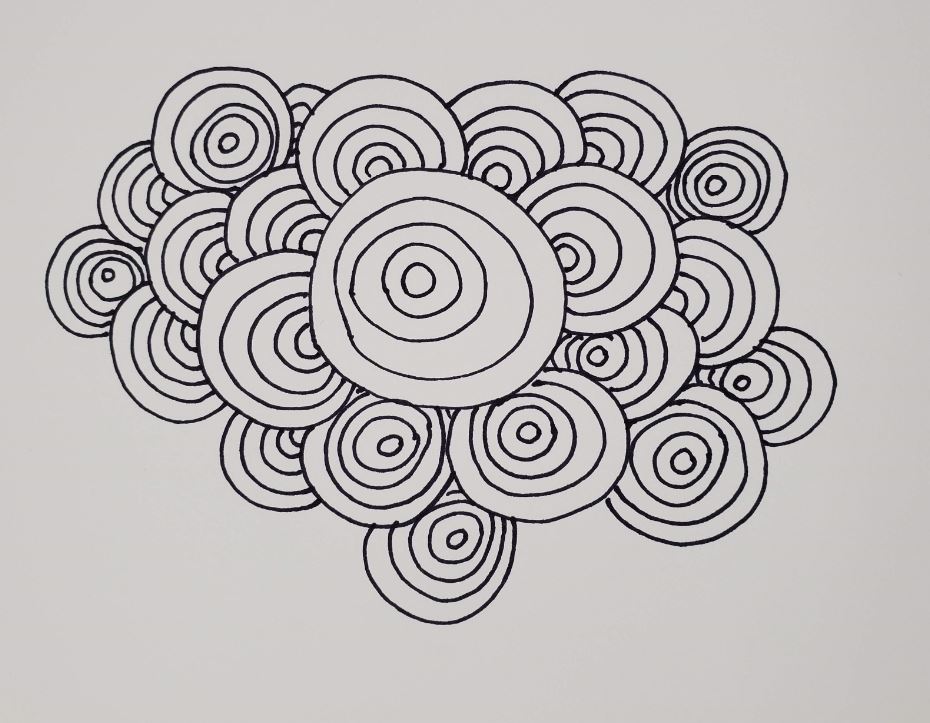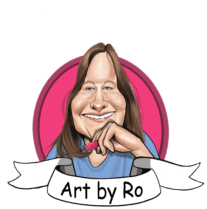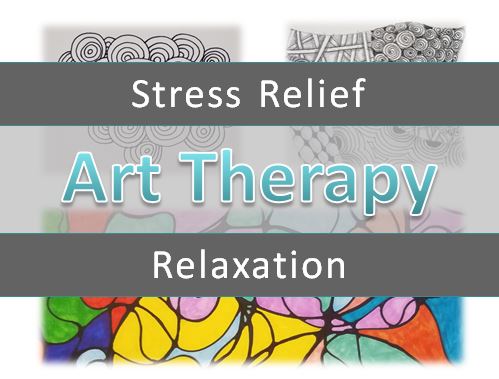Art Therapy for Relaxation
What is Art Therapy
Art therapy is the formal discipline that uses creative art as a form of expression. The creative process of making art is used to improve a person’s emotional well being.
This type of creative therapy is used to reduce stress and improve self esteem. This can be done through sculpture, drawing, painting, or any other creative technique.
This method of therapy is typically done in a structured group setting with a licensed therapist. For more information head over to American Art Therapy Association.
I am not a licensed art therapist, nor do I have the ability to teach in a group setting. So today we’ll be focused on things you can do at home, by yourself and on your own time.
Benefits of Art Therapy
One of the many benefits to using art therapy is for self expression to assist in addiction or trauma recovery. It is often difficult to put certain emotions or experiences into words. Visual expression can be a good way to help get those feelings out.
Art therapy is a more relaxed and freeing form of expression, and therefore can be used as a way to help a person feel less guarded. This allows them to become more open and willing to communicate how they are feeling.
Because art is a right-brain activity, visual recall is enhanced. This means there is a greater ability to tap into memories that may have been buried or forgotten.
Creative expression is also a great way to enter into a flow state.
What is Flow
Flow is a mental state in which a person becomes fully immersed in the process of an activity.
It’s similar to being hyper focused, but with a more positive light. During the flow state a person feels energized and full of enjoyment.
During the flow state the person is “In the zone”, opposed to being “Zoned out” as with hyper focus.
While in the flow state, the usual mental chatter fades away and normal distractions disappear. Things such as aches, pains, and stress no longer exist during this time.
How to Induce a Flow State
When entering into the flow state, you need to work on an activity that is not too easy or too difficult. And it has to be something you care about.
You want to focus on the process, not the end result.
Eliminate distractions and don’t try to multi-task.
By entering into the flow state, you are able to perform a type of creative meditation. This provides a great opportunity for creating a therapeutic art session.
What is Therapeutic Art
Therapeutic art is very similar to art therapy, but can be done at home on your own. It is much less clinical and less formal than art therapy. However, you can still achieve the benefits of using art as a way to relax and reduce your stress levels.
The key to creating a relaxing art session is to focus on techniques that are more about the process than the final piece of art. Avoid art that is more complex or technical in nature. This will only create more stress and anxiety.
For example, avoid trying to draw a portrait of your mother. Even if you’re only drawing her for fun, there is still going to be a level of demand to meet a certain expectation. That doesn’t mean you can’t enjoy doing this type of drawing. But it is very unlikely that it will be therapeutic for you.
Instead, focus on creating art that is less technical. You want to use techniques that don’t require any prior art experience or understanding.
Let’s look at some options that are great for relaxation.
Zentangles
If you’ve never tried doing Zentangles, you’re really missing out. They are easy, enjoyable, and extremely relaxing.
The great thing about this art form is that you can learn how to draw them with literally zero previous art experience.
But it will also grow along with you as you develop you skills and ability. I’ve seen some really intricate and complex Zentangles. There’s no limit to where this art technique can take you.
Rick and Marie, the founders of the Zentangle method, have developed a system for creating art that is very relaxing to do. They have a great starter pack. Take a look at our Zentangle Primer Pack Review.
And this is a great process to follow if you’re trying to get into a flow state.
Zentangles start by dividing your page into sections, and then filling each of those sections with a design.
The designs you use can be chosen at random, or you can use one of many techniques to help you pick them.

Repeated Patterns
This is similar to doing Zentangles, but only one design is used for the drawing. This design is then repeated over and over, until your page is filled.

This could also be done with lines. To do this type of drawing you’d start by drawing a line that goes across your page. Then continue by repeating that line next to each previous line.
This can create a really interesting drawing and it’s quite relaxing to make.
Neurographic Art
This is my new favorite type of art, and it’s so relaxing to create. Like with art therapy, this is meant to be a very formal process.
However, it can also done at home on your own. Neurographic art is a creative process where you transform something stressful in your life to a more peaceful outcome.
If you’re not familiar with this type of therapeutic art you should check it out. It’s really quite interesting.
We have a full tutorial on getting started with neurographic art.

Art Journaling
This type of writing is a great way to clear your head and relax your mind. Art journaling is done using mostly drawings or doodles, with some words added in.
Or you can forego the text altogether and complete your journal page with only visual expression.
Journal pages are typically done using mixed media, there are no rules. Your art journal can be whatever you want it to be.
Art for Relaxation and Stress Reduction
If you’re looking for some creative ways to meditate, relax, or reduce stress. Try out some of the above techniques or come up with your own.
The key is to work on something that doesn’t require perfection and is all about the process and not the results.
Related Articles
- Art for Art’s Sake
- Daily Affirmations for Artists
- Neurographic Art for Beginners
- Amazing Optical Art Drawings – How To



